
The Cartoon Chronicles
By Storybird

29 Jun, 2023

In the bustling city of Delhi, there existed a quiet corner housing a humble chai stall named 'Pradeep's Chai Point'. This was not just a place for tea but a refuge for citizens to articulate their thoughts on political matters.

Among these patrons, there was an old man named Shambhu, a retired government servant. Shambhu was no ordinary man. His comments about the political situation were witty, sharp, and always accompanied by a cartoon drawing.
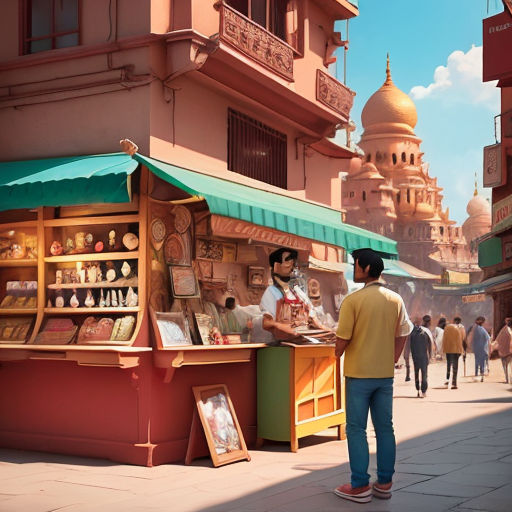
Shambhu's caricatures were not just simple sketches but a mirroring of the political landscape. People from all over the city flocked to see his new sketches every day, amplifying the popularity of Pradeep's stall.
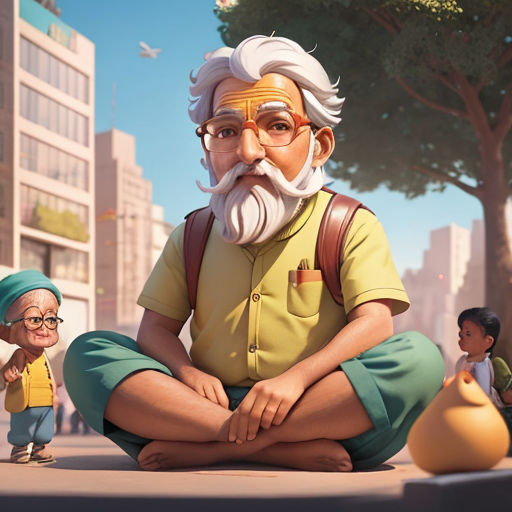
One day, a contentious political issue had stirred up the country. Corruption allegations were leveled against a powerful minister, and the city was buzzing with this news. People eagerly waited for Shambhu's take.

The next morning, Shambhu's new caricature was pinned at the chai stall. It depicted a minister with a bulging suitcase labeled 'Corruption,' trying unsuccessfully to stuff it into a cupboard labeled 'Conscience.'
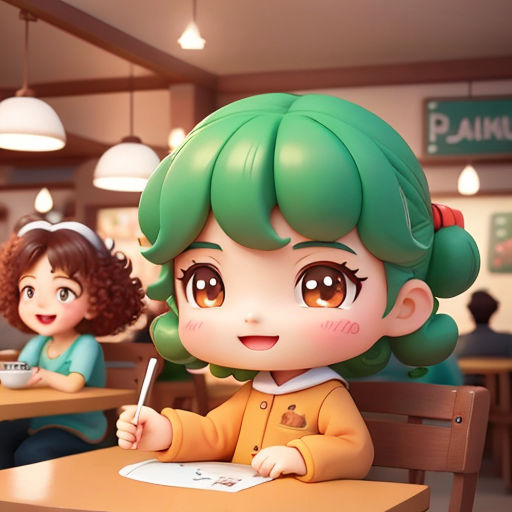
This sketch sent ripples of laughter among the chai point patrons and triggered thoughtful discussions on corruption in politics. Shambhu's cartoon once again gave voice to the people's perspective with wit and humor.
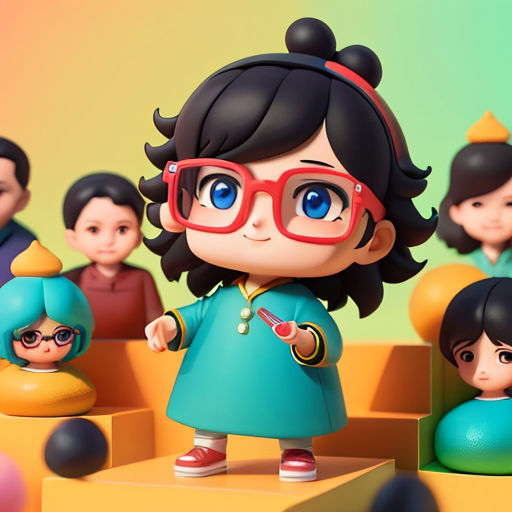
Soon, his cartoons found their way to social media and became viral. Digital mediums amplified Shambhu's voice, reaching even the politicians he caricatured. His art started shaping the public opinion and political discourse.
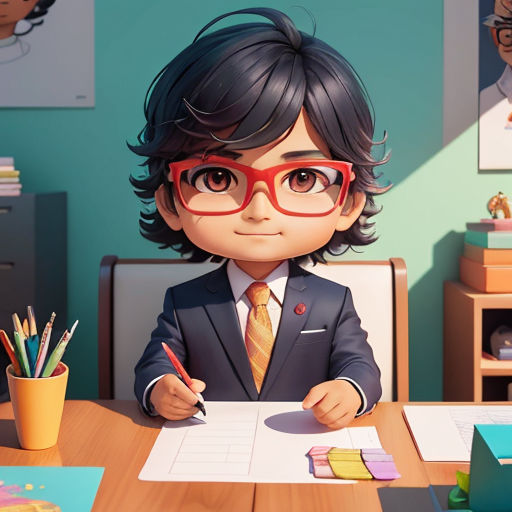
However, this growing influence didn't sit well with the power corridors. One day, a high-profile politician visited Shambhu, offering him a significant amount to stop his cartoons. Shambhu, however, politely declined the offer.

Undeterred, Shambhu continued his work. His cartoons became more daring, shedding light on social issues and government policies. He became a symbol of resilience and honesty amidst the political chaos.
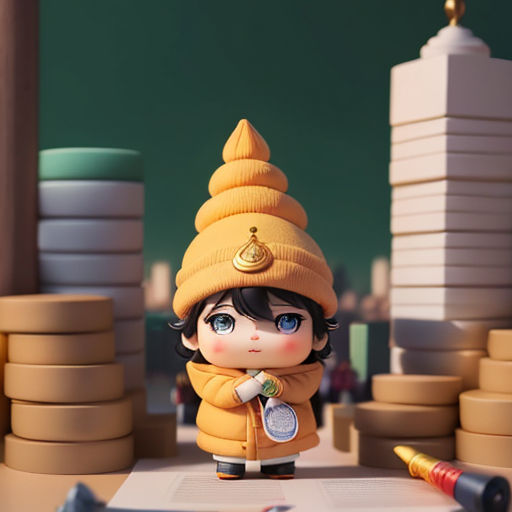
One day, Shambhu drew a caricature on the failure of a public welfare scheme. The cartoon depicted politicians partying with public money while the poor citizens were left in the cold.

This cartoon created a public outcry demanding accountability from politicians. The government, unable to ignore the public sentiment, was forced to take action and promised to probe the welfare scheme's failure.
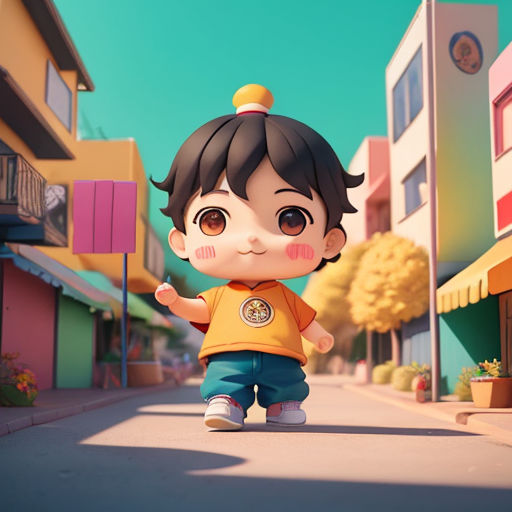
Shambhu's cartoons influenced the young generation too. Inspired by him, many young artists started using their art to express political opinions. They saw in him a role model who dared to challenge the powerful.
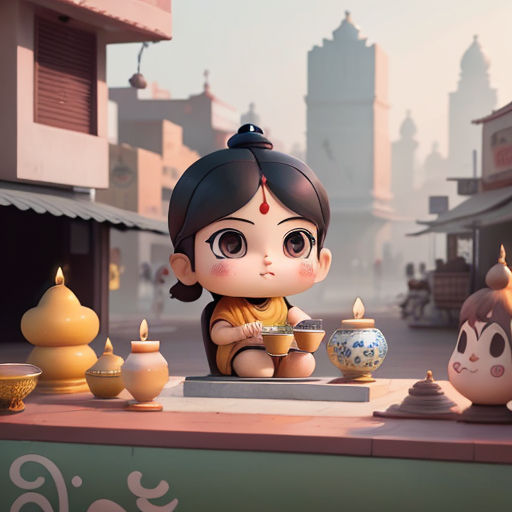
After years of impacting political discourse, Shambhu passed away peacefully in his sleep. The news spread across the city and people thronged to Pradeep's chai point to pay homage to their beloved cartoonist.

People from all walks of life mourned his death. They remembered him as someone who fearlessly voiced their concerns. His cartoons had become a powerful tool of political expression, admired even by critics.

In honour of Shambhu’s legacy, Pradeep renamed his stall to 'Shambhu's Chai and Caricature Point'. He vowed to preserve all of Shambhu's cartoons, ensuring that his powerful voice lived on.
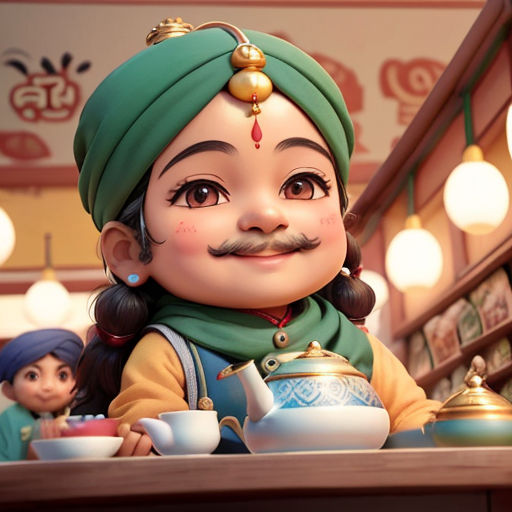
Shambhu's caricatures continue to adorn the bustling chai point, inspiring conversations and encouraging people to think, question, and engage. His cartoons serve as a testament to the common man's power to influence political discourse.

His spirit of resilience and honesty continues to inspire the young artists, who use their art as a medium of political expression. Shambhu's legacy lives on, serving as a beacon of hope in the murky world of politics.

Today, 'Shambhu's Chai and Caricature Point' stands as a symbol of resistance and courage. It reminds everyone that humor and honesty can indeed bring about change, and a simple chai point can become a platform for political discourse.
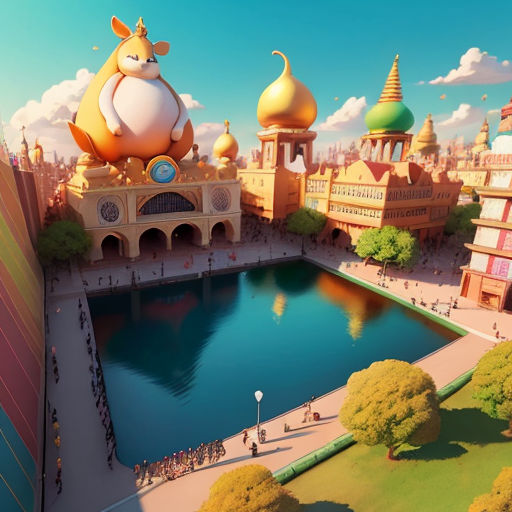
Shambhu may have passed, but his images remain imprinted in the hearts of the people, stirring them to have faith in their voices. His cartoons serve as a reminder that the power truly belongs to the citizens.
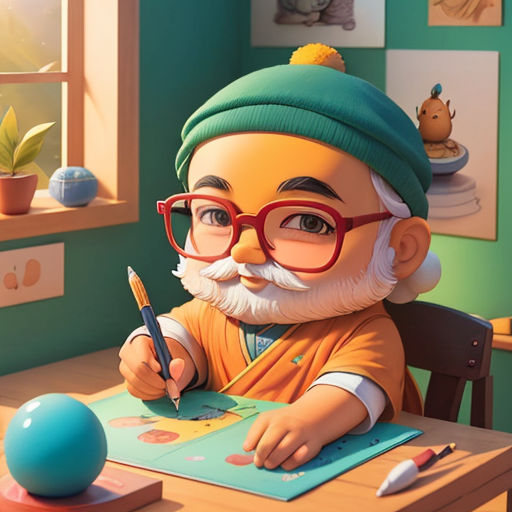
In the end, Shambhu's life and work illustrate the power of political cartoons in shaping public opinion. His story underscores that a simple cartoon can sometimes open up discussions that a thousand speeches cannot.
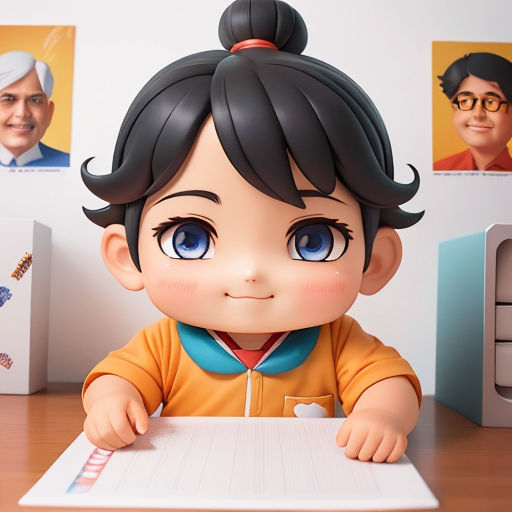
In the midst of political jargons and heavy debates, Shambhu's cartoons brought a sense of light-heartedness, making politics more approachable for the common man. His legacy continues to spark conversations and inspire change.

Even today, whenever a political issue stirs the nation, people gather at the renamed chai point. Over cups of steaming chai, they discuss the issue, and above them hangs the gentle reminder - Shambhu's lasting caricature.

Thus, this humble corner of Delhi holds significant importance in the political discourse of the city. It stands as a tribute to a simple man who, with his wit and talent, dared to question the powerful.
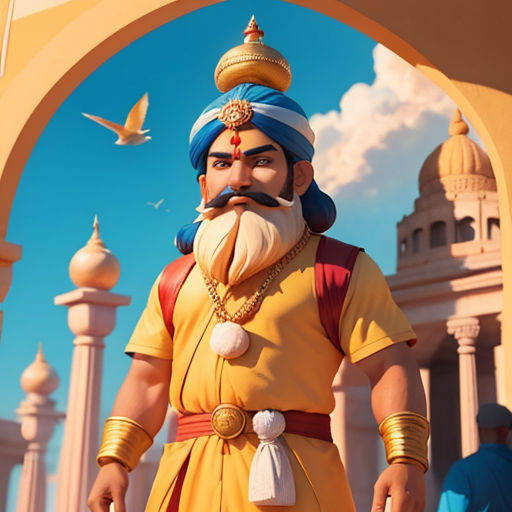
Shambhu proved that one doesn't need to be in a position of power to influence politics. All it takes is the courage to voice your opinions and the conviction to stand by them. His legacy is a testament to the power of the common man.

In the grand scheme of political narratives, Shambhu's story is a powerful reminder of the role that every citizen plays. His story is a celebration of every common man who dares to question, to think, and to hope for a better tomorrow.